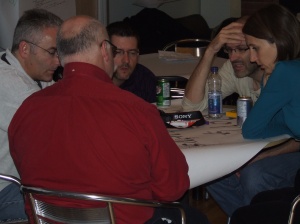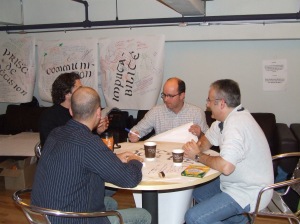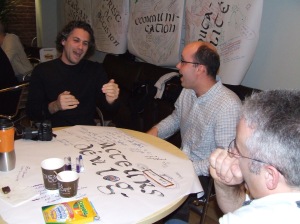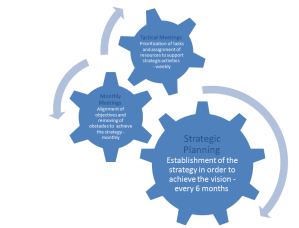I sat with one of our customer last week to review the 2011 budget for their Agile initiative. The client had a good start in 2010 with 10 pilot projects adopting Scrum. Not a small accomplishment considering their objective of transitioning over 3,000 people to Agile. The client shared with me that in addition to highlighting potential issues around their projects and increasing the teams’ performance, Scrum helped many of these teams substantially increase employee satisfaction – which is an important factor for employee retention within that organization.
During the meeting, the client explained that now that they had experience with 10 pilot projects, they no longer needed help coaching other project teams in the organization. They recognized the benefits of working with coaches to quickly develop the rights skills and abilities but they could now do it all by themselves.
Let me state it clearly, I believe the end goal of external consultants is to ensure their client can become fully independent and autonomous.
That being said and before I go on with this post I need to say (to be truly candid and transparent) that I have told the client – in person – what you are about to read.
The client’s objective is to successfully complete over 20 Agile projects in 2011 and then 200 in 2012. In itself, that sounds like an aggressive but feasible plan but here the catch: the client believes in magic!
Magic? You be the judge.
The client explained that they had to cut back on the budget for the coming year – which I fully understand – but despite the set back, they were continuing their organizational wide Agile transition. “We have everything we need”, they said.
- “We are heavily recruiting Agile coaches” – considering the size of our market, it is doubtful they will find all the people they need;
- “We are putting the heads of the various PMO (project management office) bureaus in charge” – having worked with some of these traditional individuals, it is difficult to see how they could lead an Agile transition;
- “We have produced a detailed guide to adopting Scrum” – I asked if they remembered Individuals and interactions over processes and tools;
- “Our people managers are already Agile” – I wondered what that meant;
- “We have hired a change management expert to document the roll-out process” – Individuals and interactions over processes and tools;
- “We expect each project team to go out and get the help they need to transition to Agile” – Why not help them?.
“Are you involving the teams and people who will be impacted?”, I asked.
“No need”, they answered. “They only need to execute on the plan we will give them”.
I hope that there is something I am not seeing and I truly hope for them to be successful but as it currently stands, I have serious doubts. Maybe I should offer some magical-Scrum-powder…

















Recent Comments